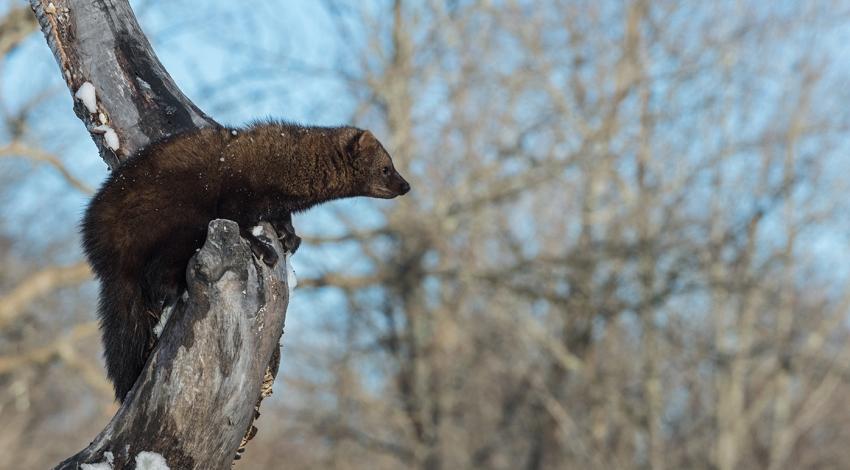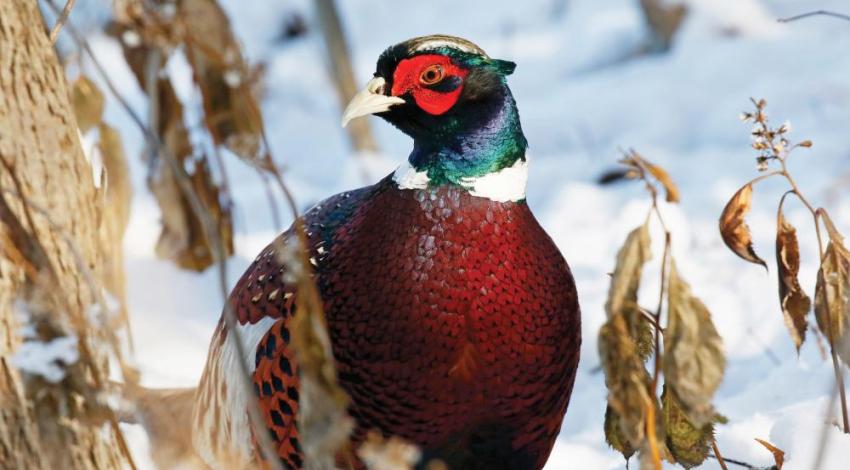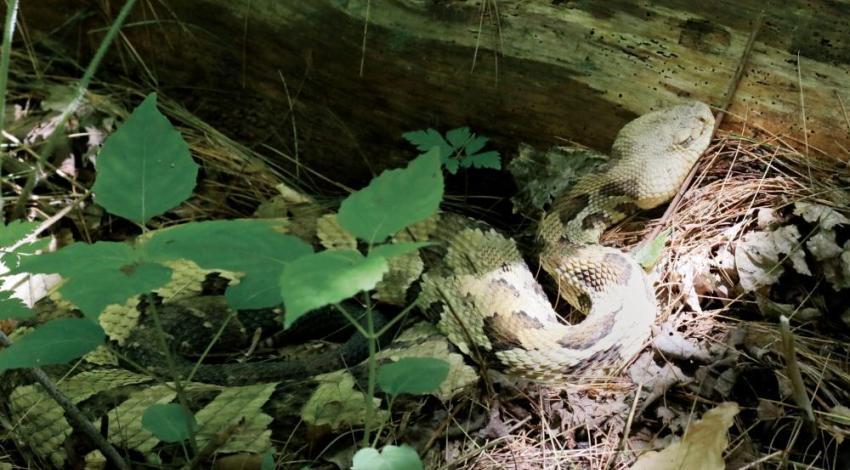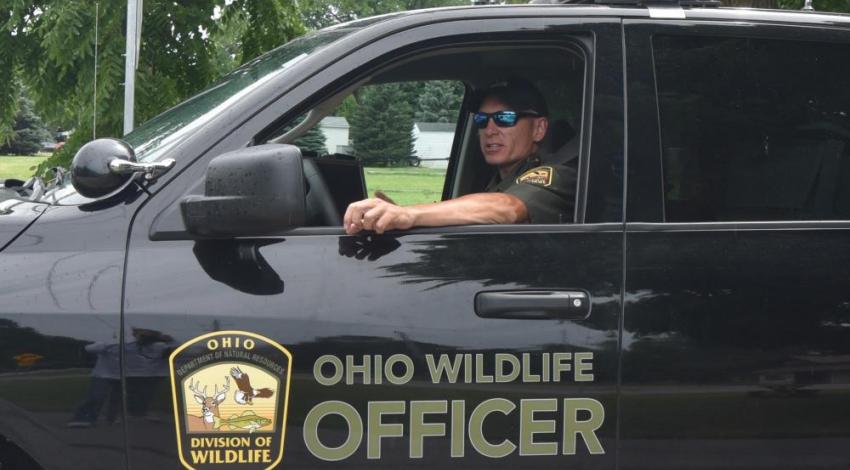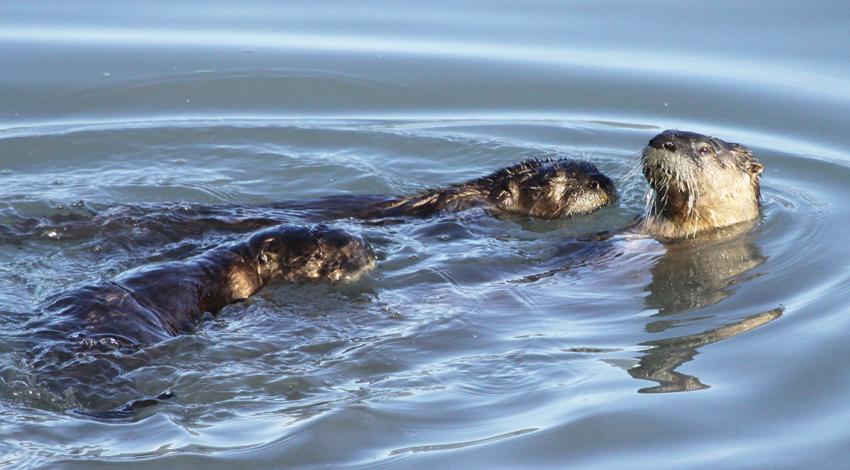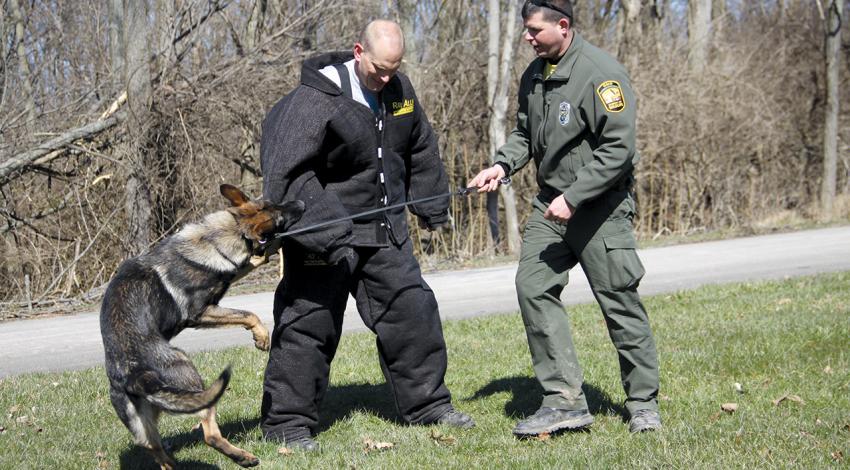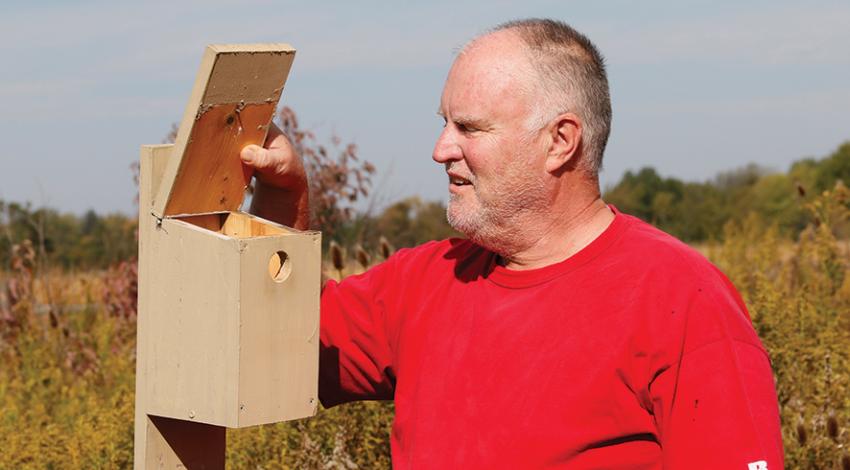A secretive, solitary hunter of the deep woods is attempting a comeback in the Buckeye State.
The fisher, a fur-bearing mammal found only in North America, is also known as black cat, black fox, or fisher cat because of its dark brown to nearly black coat.
“Fishers [have been discovered] in archaeological sites in Ohio, and they were found in Ashtabula County as late as 1837,” says John Harder, associate professor emeritus in evolution, ecology, and organismal biology at Ohio State University. “However, unregulated trapping and habitat loss led to the extirpation of fishers from the state by 1850.”
Fishers are not small. Males can measure 4 feet in length from nose to tip of tail and weigh as much as 15 pounds. Females are half that size.
